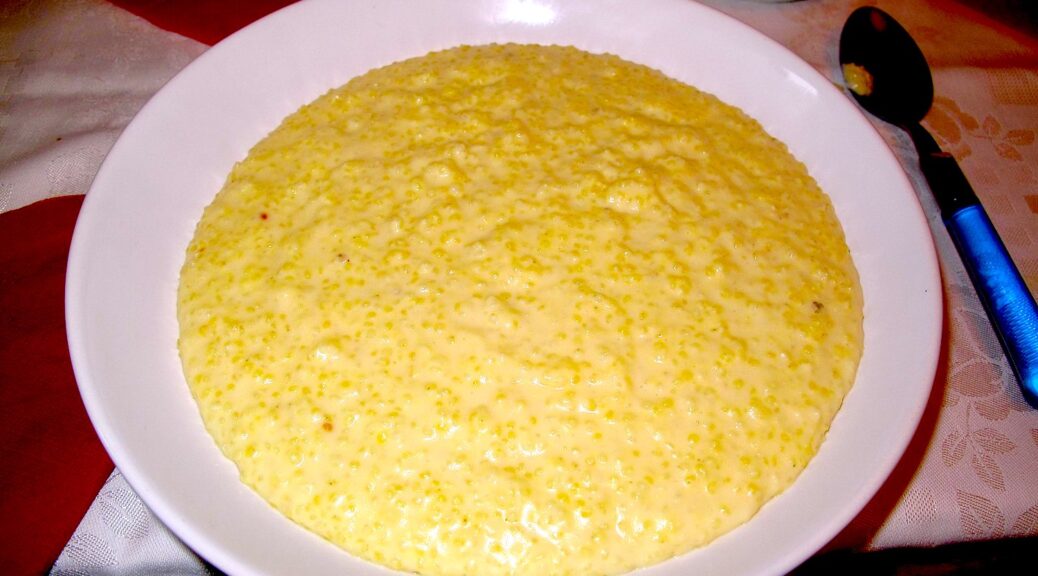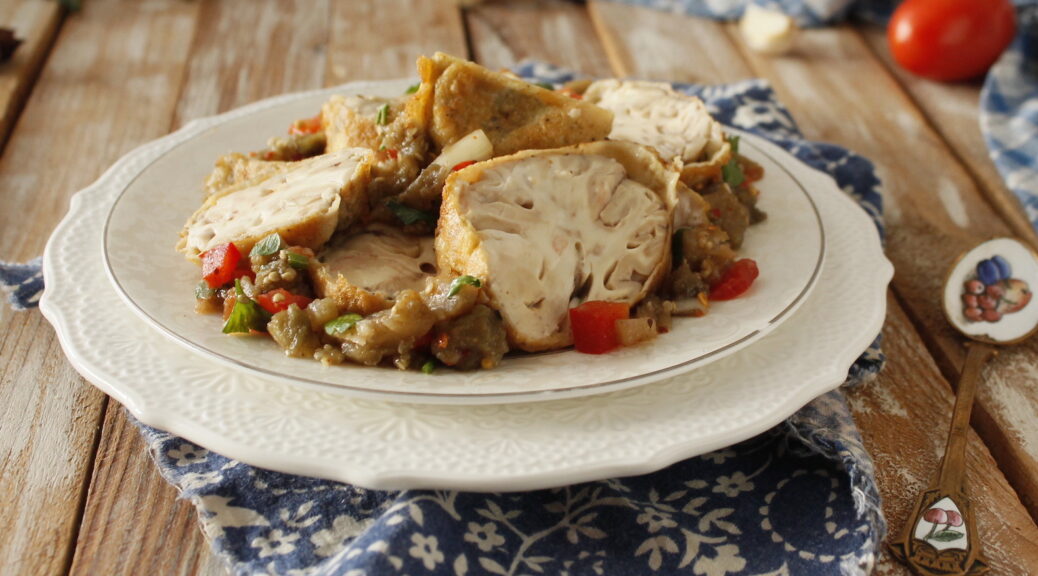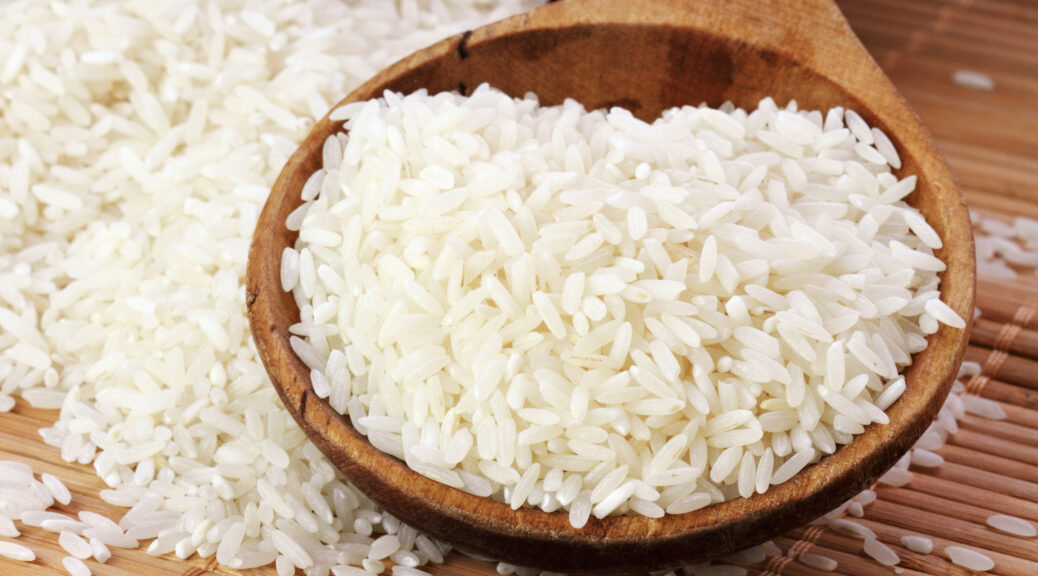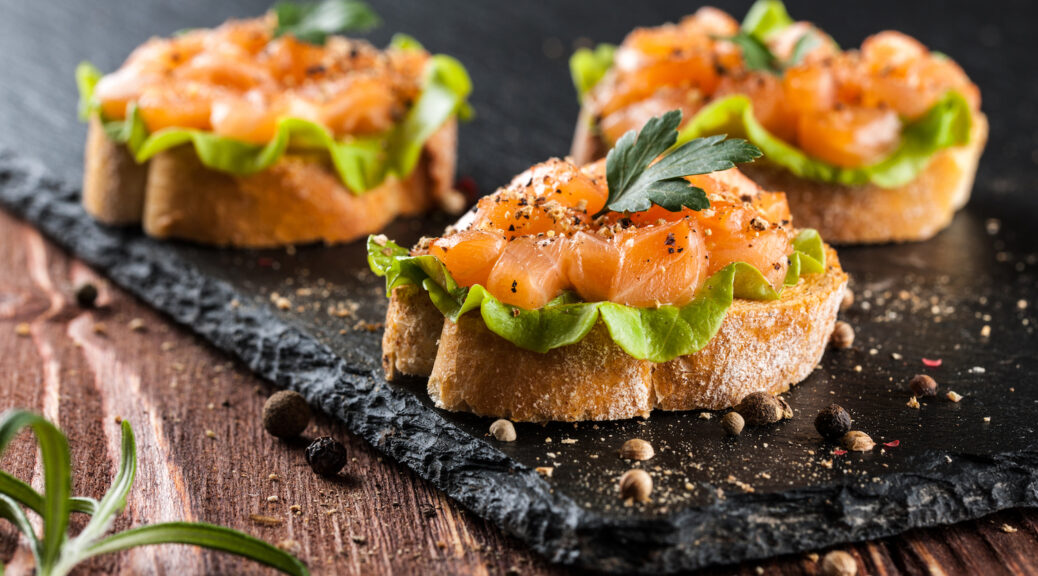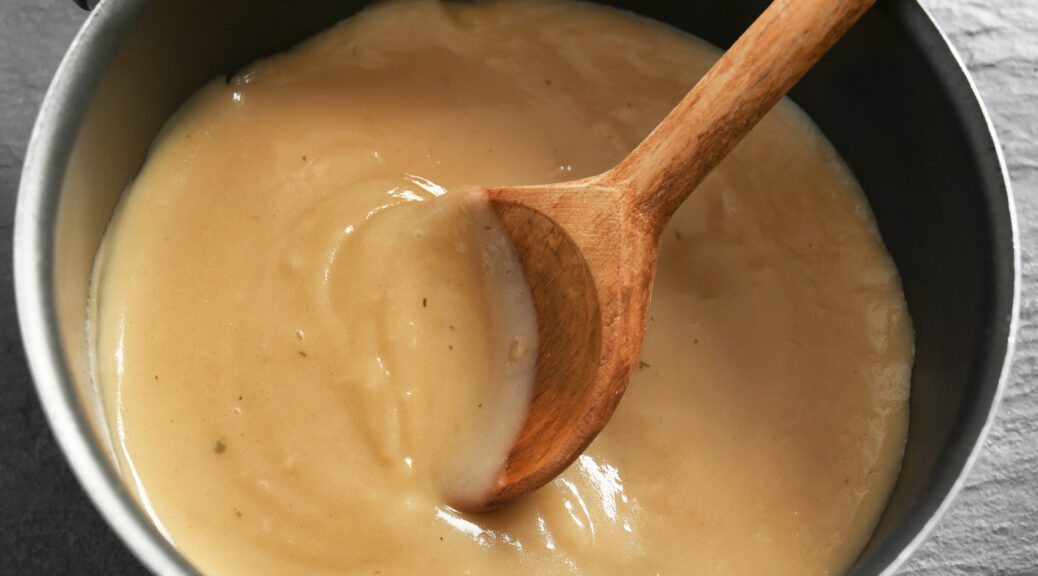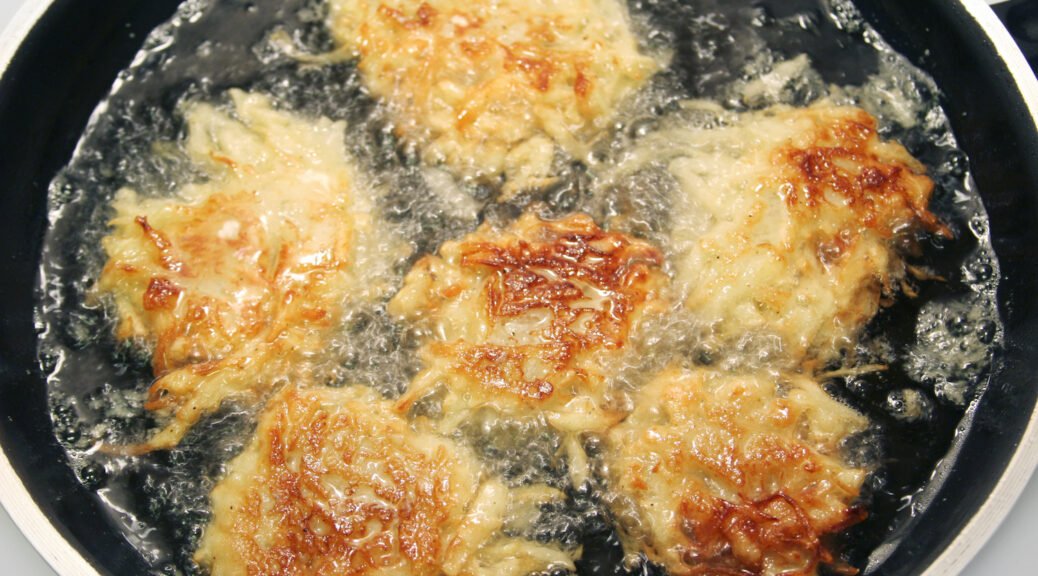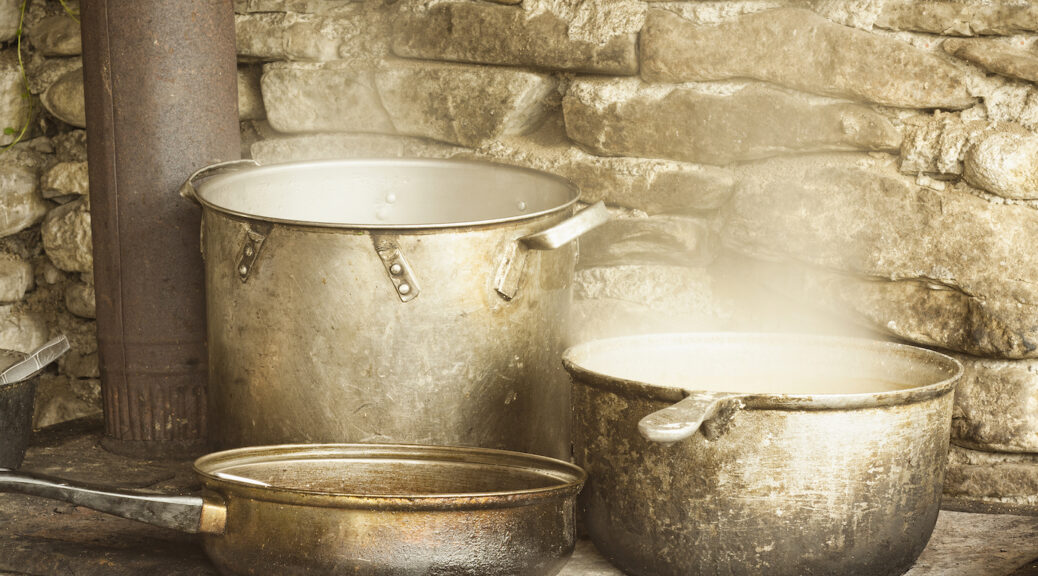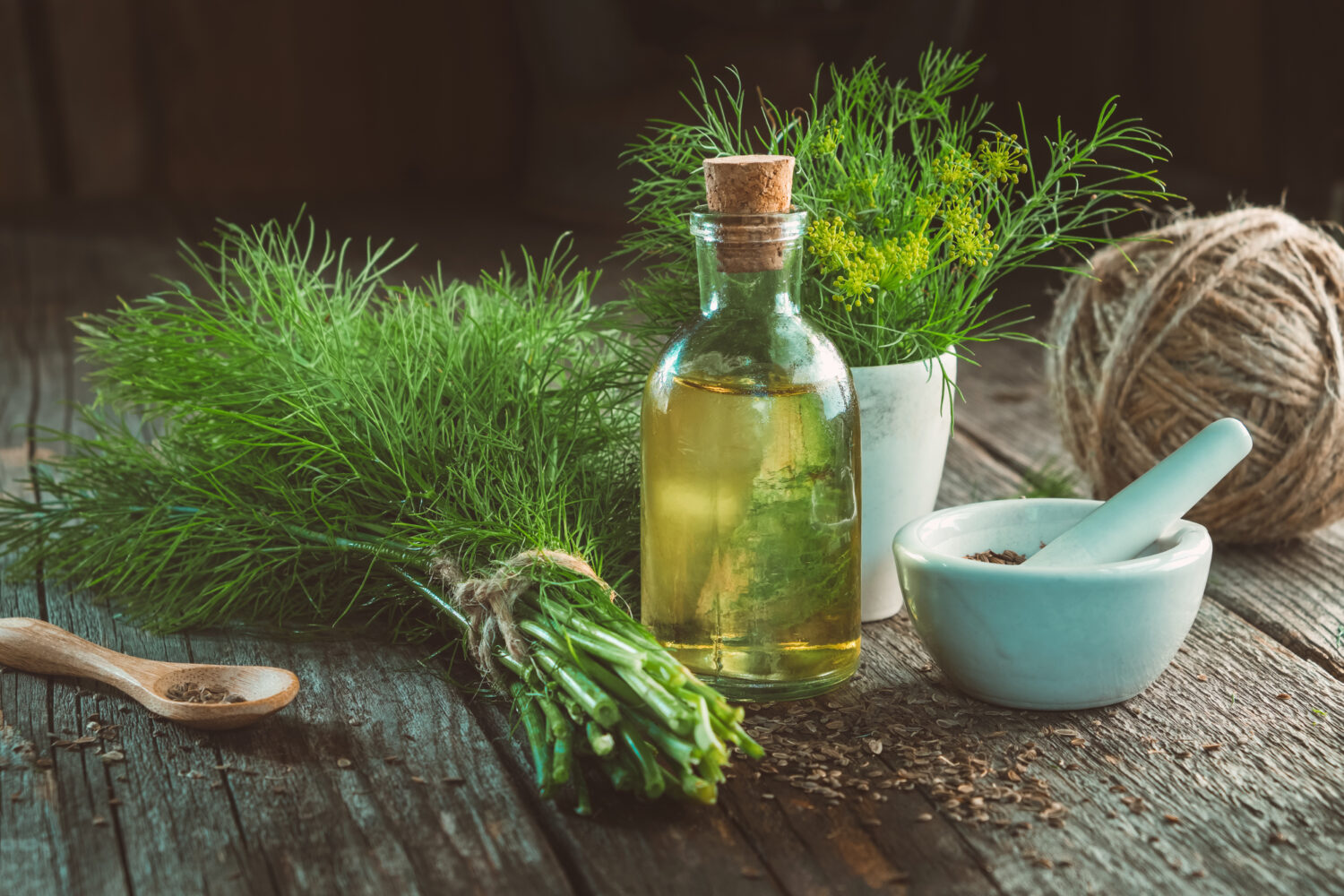Gruel Recipes – Food For The Sick
These simple foods, the base of which is usually one of the grains, play an important part in the dietary for the sick, if properly prepared. Gruels are similar to porridge, but much thinner. Gruels may be varied with flavorings of cinnamon, nutmeg, almond, or a little grated lemon-peel, and sugar. Sugar is mentioned with great hesitancy, for a sweet gruel is an abomination, and yet a gruel with a very little sugar has a pleasanter flavor than one without…
